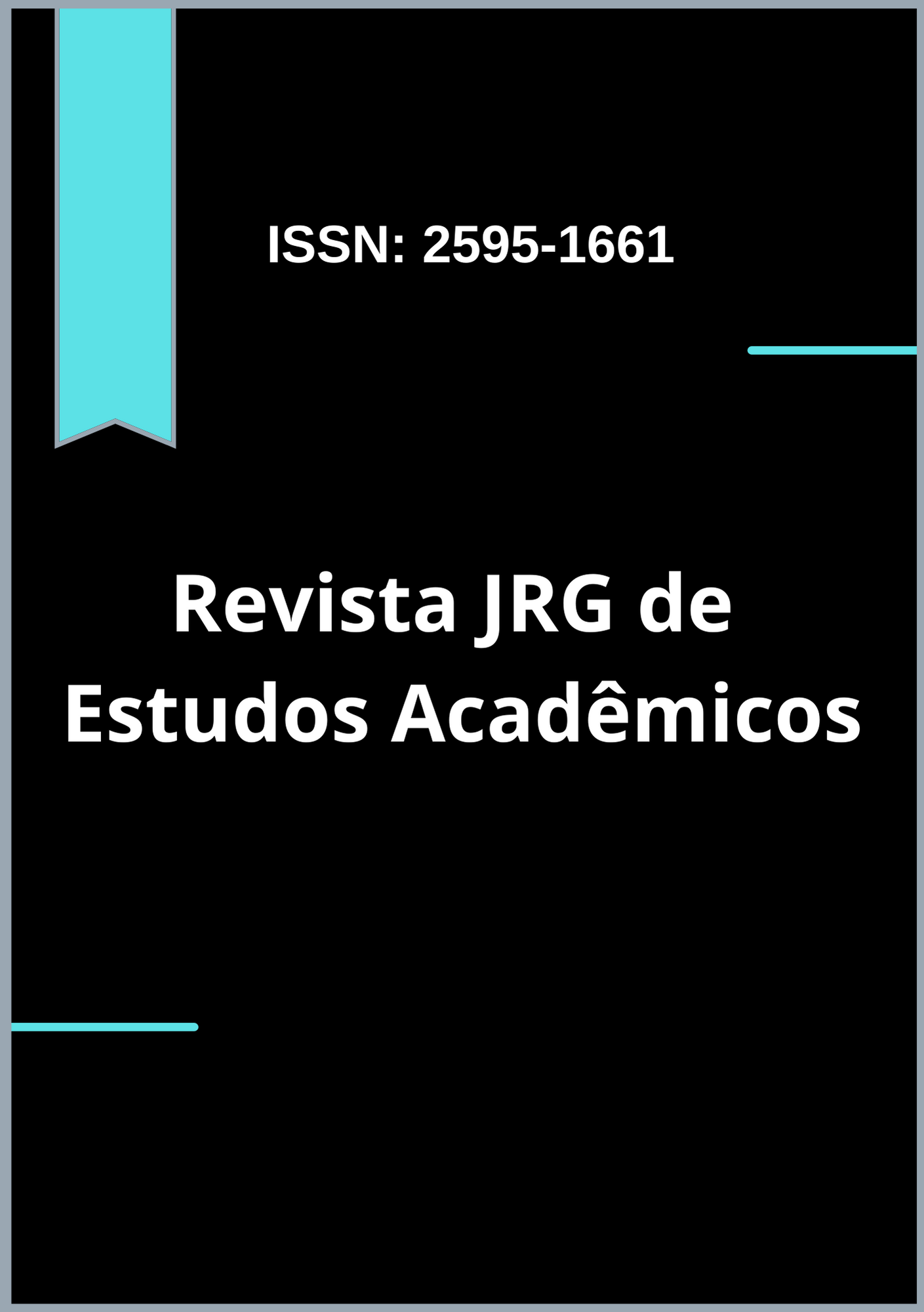Protein intake and nitrogen balance in critically ill adult patients: an integrative review
DOI:
https://doi.org/10.5281/zenodo.7394083Keywords:
Nitrogen balance, Protein intake, Intensive careAbstract
This review aims to identify key findings regarding the optimal protein supply required to stimulate nitrogen balance and positive nitrogen balance in critically ill adult patients. This is an integrative review study, with the inclusion of 4 original articles selected from PubMed and Cochrane databases. The data were synthesized and organized in a table. The main findings evidenced are that a higher protein intake is associated with better results in nitrogen balance, lower mortality and increased survival. It is concluded that all studies included in this review agreed that a greater increase in protein supply stimulated positive nitrogen balance, however the ideal amount of protein intake is still controversial in the literature, indicating a gap for future research
Downloads
References
Patel, J. J., McClain, C. J., Sarav, M., Hamilton-Reeves, J., & Hurt, R. T. (2017). Protein requirements for critically ill patients with renal and liver failure. Nutrition in Clinical Practice, 32(1_suppl), 101S-111S. https://doi.org/10.1177/0884533616687501
Weijs, P. J., Looijaard, W. G., Beishuizen, A., Girbes, A. R., & Oudemans-van Straaten, H. M. (2014). Early high protein intake is associated with low mortality and energy overfeeding with high mortality in non-septic mechanically ventilated critically ill patients. Critical Care, 18(6), 701. https://doi.org/10.1186/s13054-014-0701-z
Dickerson, R. N. (2005). Using nitrogen balance in clinical practice. Hospital Pharmacy, 40(12), 1081–1087. https://doi.org/10.1177/001857870504001210
Allingstrup, M. J., Esmailzadeh, N., Wilkens Knudsen, A., Espersen, K., Hartvig Jensen, T., Wiis, J., Perner, A., & Kondrup, J. (2012). Provision of protein and energy in relation to measured requirements in intensive care patients. Clinical Nutrition, 31(4), 462–468. https://doi.org/10.1016/j.clnu.2011.12.006
Dickerson RN, Pitts SL, Maish GO, Schroeppel TJ, Magnotti LJ, Croce MA, et al. (2012). A reappraisalofnitrogenrequirements for patientswithcriticalillnessand trauma. J Trauma AcuteCareSurg.73(3):549-557.
Danielis, M., Lorenzoni, G., Azzolina, D., Iacobucci, A., Trombini, O., De Monte, A., Gregori, D., & Beltrame, F. (2019). Effect of protein-fortified diet on nitrogen balance in critically ill patients: Results from the opinib trial. Nutrients, 11(5), 972. https://doi.org/10.3390/nu11050972
Kim, T. J., Park, S.-H., Jeong, H.-B., Ha, E. J., Cho, W. S., Kang, H.-S., Kim, J. E., & Ko, S.-B. (2020). Optimizing nitrogen balance is associated with better outcomes in neurocritically ill patients. Nutrients, 12(10), 3137. https://doi.org/10.3390/nu12103137
Arabi, Y. M., Al-Dorzi, H. M., & Sadat, M. (2020). Protein intake and outcome in critically ill patients. Current Opinion in Clinical Nutrition & Metabolic Care, 23(1), 51–58. https://doi.org/10.1097/MCO.0000000000000619
Machado JC, Castro MG, Ceniccola GD, Giacomassi IW, Giorelli GV, Isola AM, et al. (2021). Bundles for combatingweaknessacquired in theintensivecareunit. BRASPEN J,36(2):131-44.
Nakamura, K., Nakano, H., Naraba, H., Mochizuki, M., Takahashi, Y., Sonoo, T., Hashimoto, H., & Morimura, N. (2021). High protein versus medium protein delivery under equal total energy delivery in critical care: A randomized controlled trial. Clinical Nutrition, 40(3), 796–803. https://doi.org/10.1016/j.clnu.2020.07.036
Weijs, P. J. M., Dickerson, R. N., Heyland, D. K., Moore, F. A., Rugeles, S. J., & McClave, S. A. (2017). Experimental and outcome-based approaches to protein requirements in the intensive care unit. Nutrition in Clinical Practice, 32(1_suppl), 77S-85S. https://doi.org/10.1177/0884533617692774
Azevedo, J. R. A., Lima, H. C. M., Frota, P. H. D. B., Nogueira, I. R. O. M., de Souza, S. C., Fernandes, E. A. A., & Cruz, A. M. (2021). High-protein intake and early exercise in adult intensive care patients: A prospective, randomized controlled trial to evaluate the impact on functional outcomes. BMC Anesthesiology, 21(1), 283. https://doi.org/10.1186/s12871-021-01492-6











































